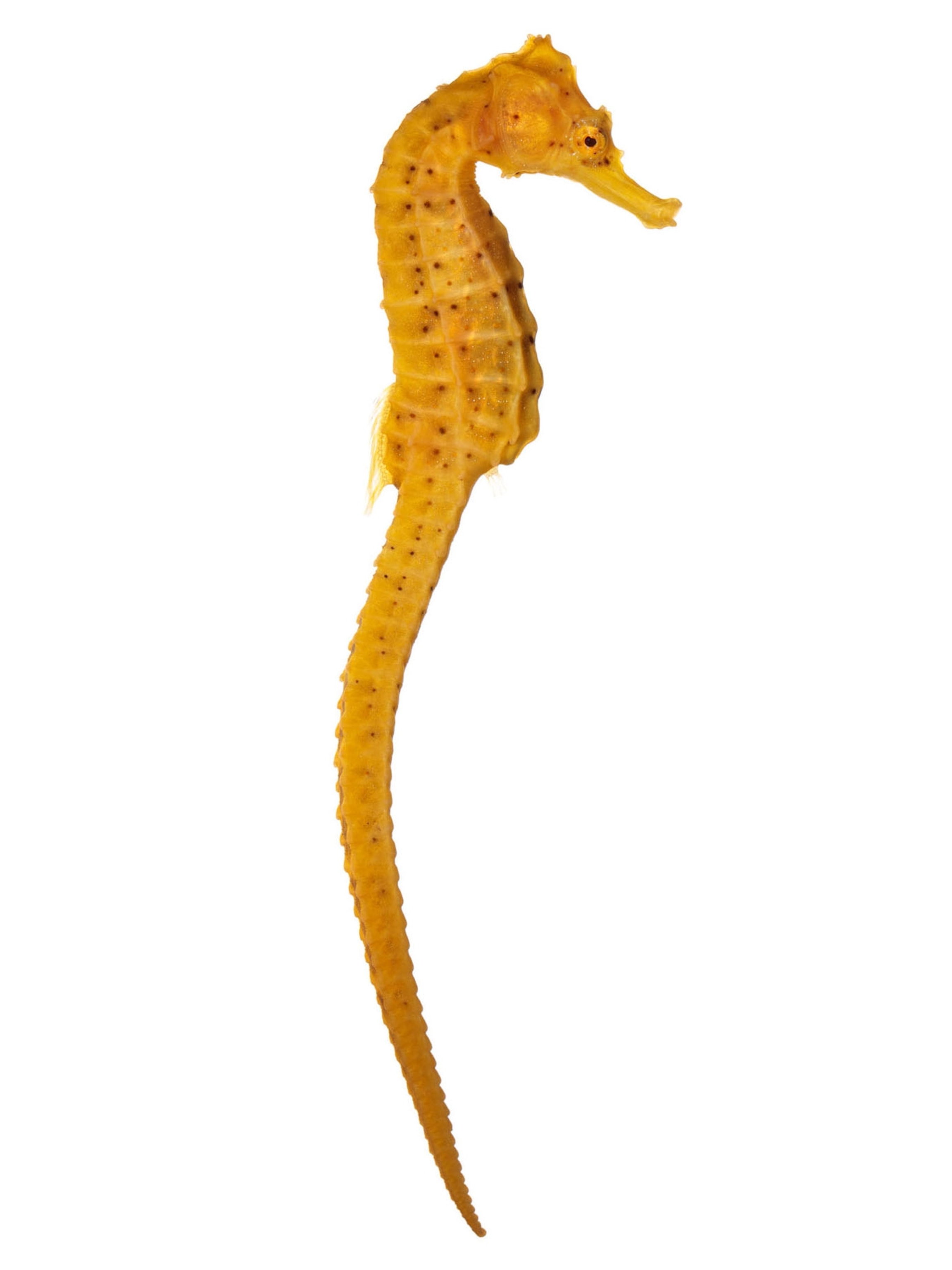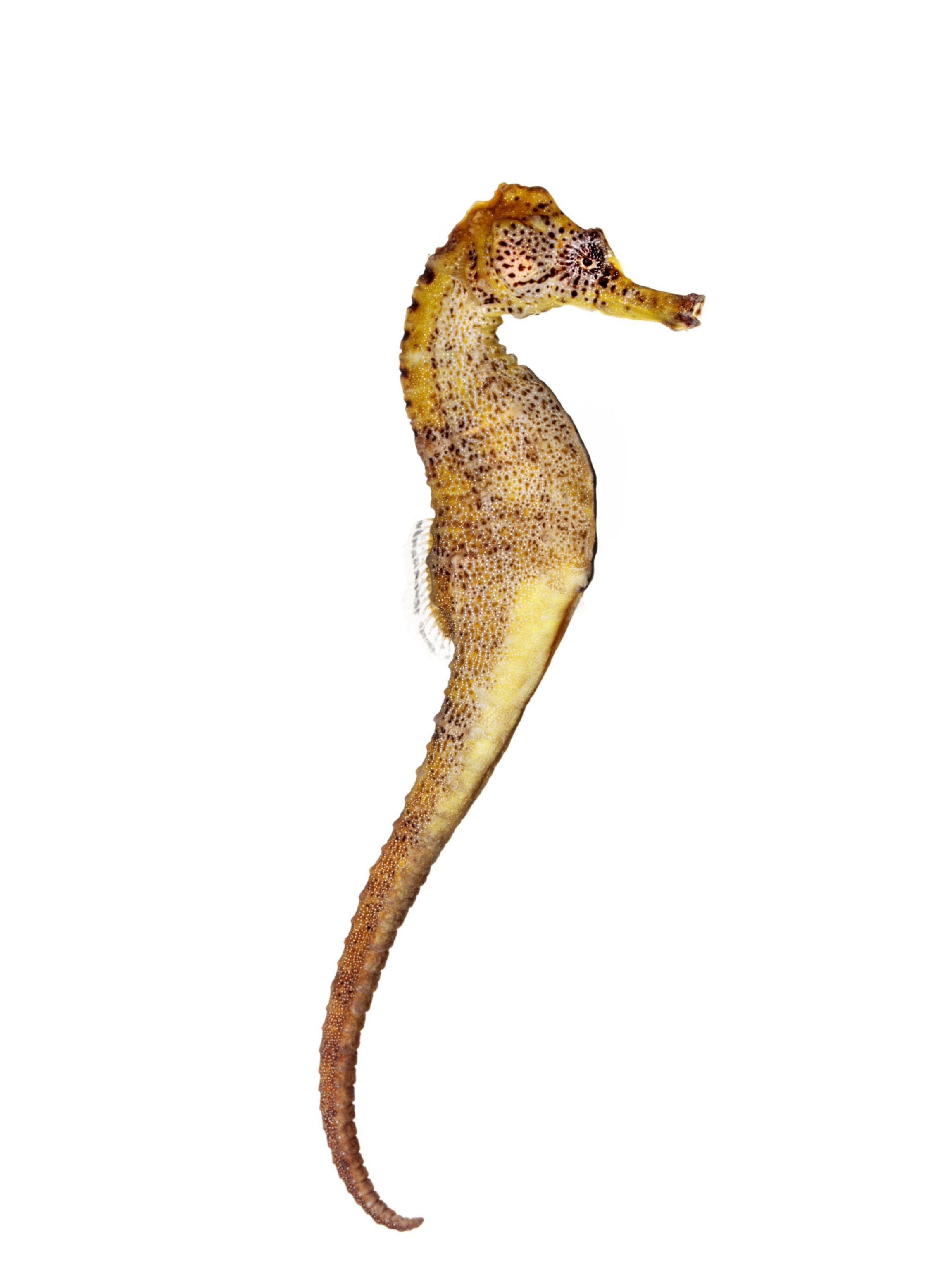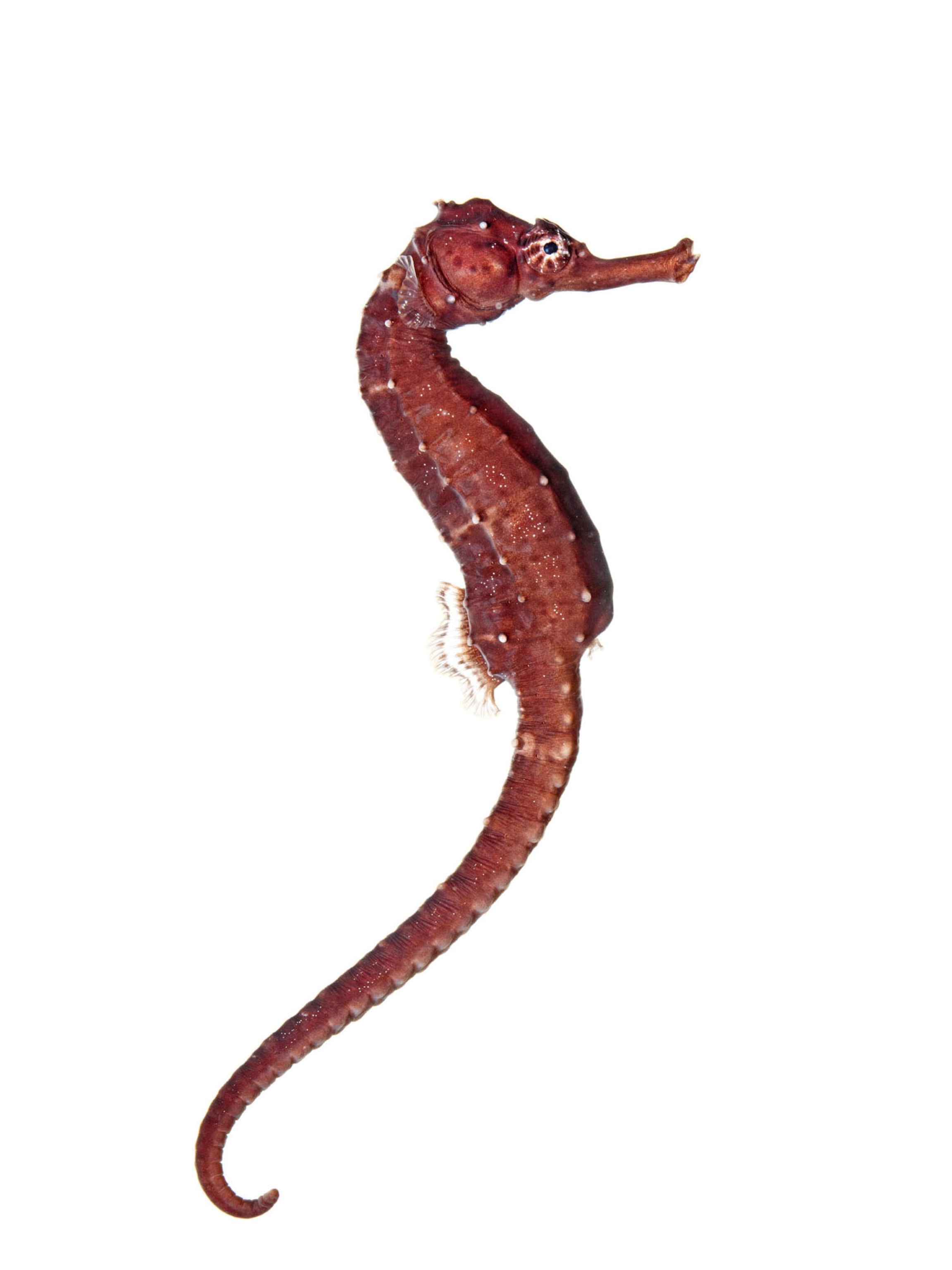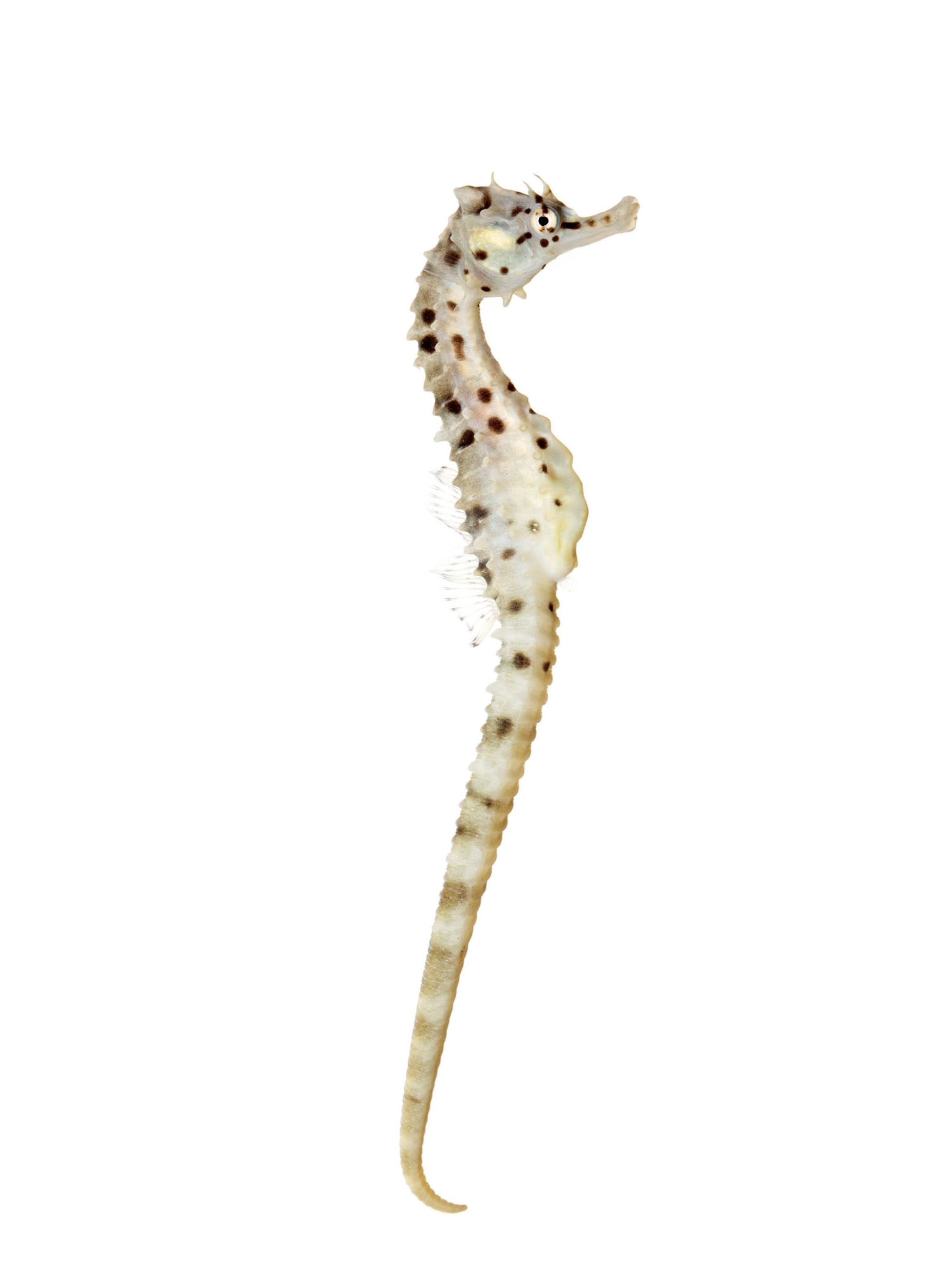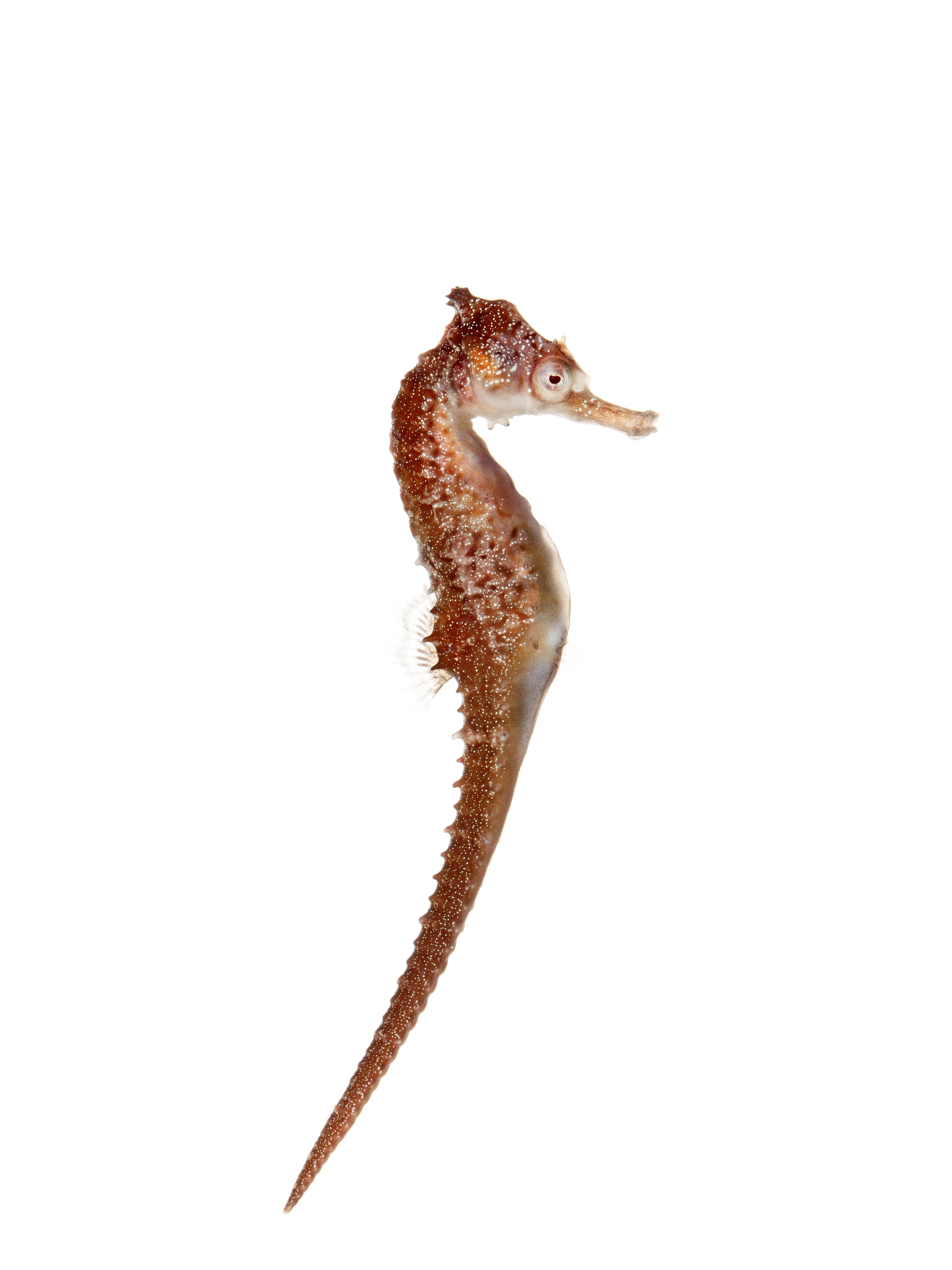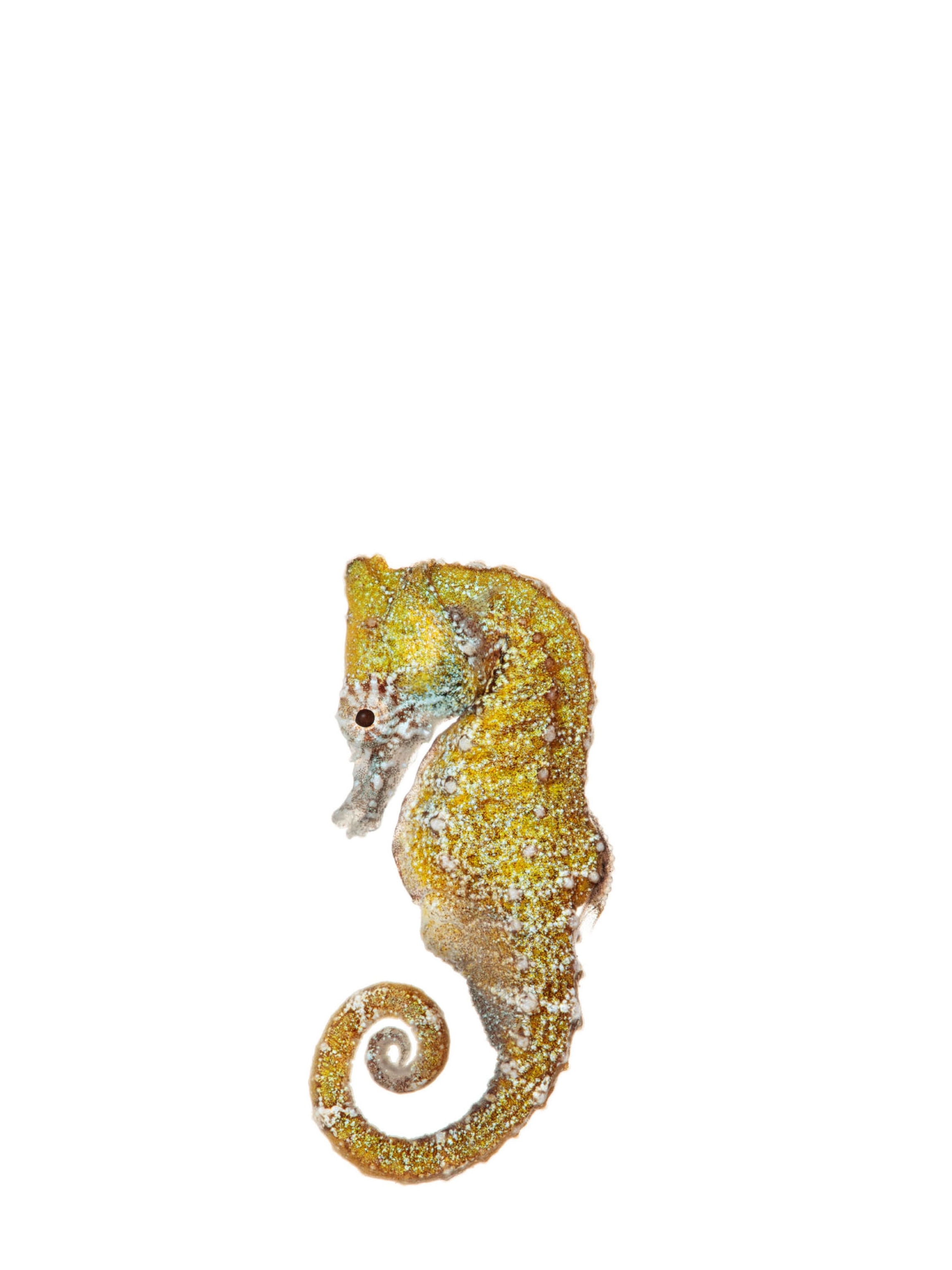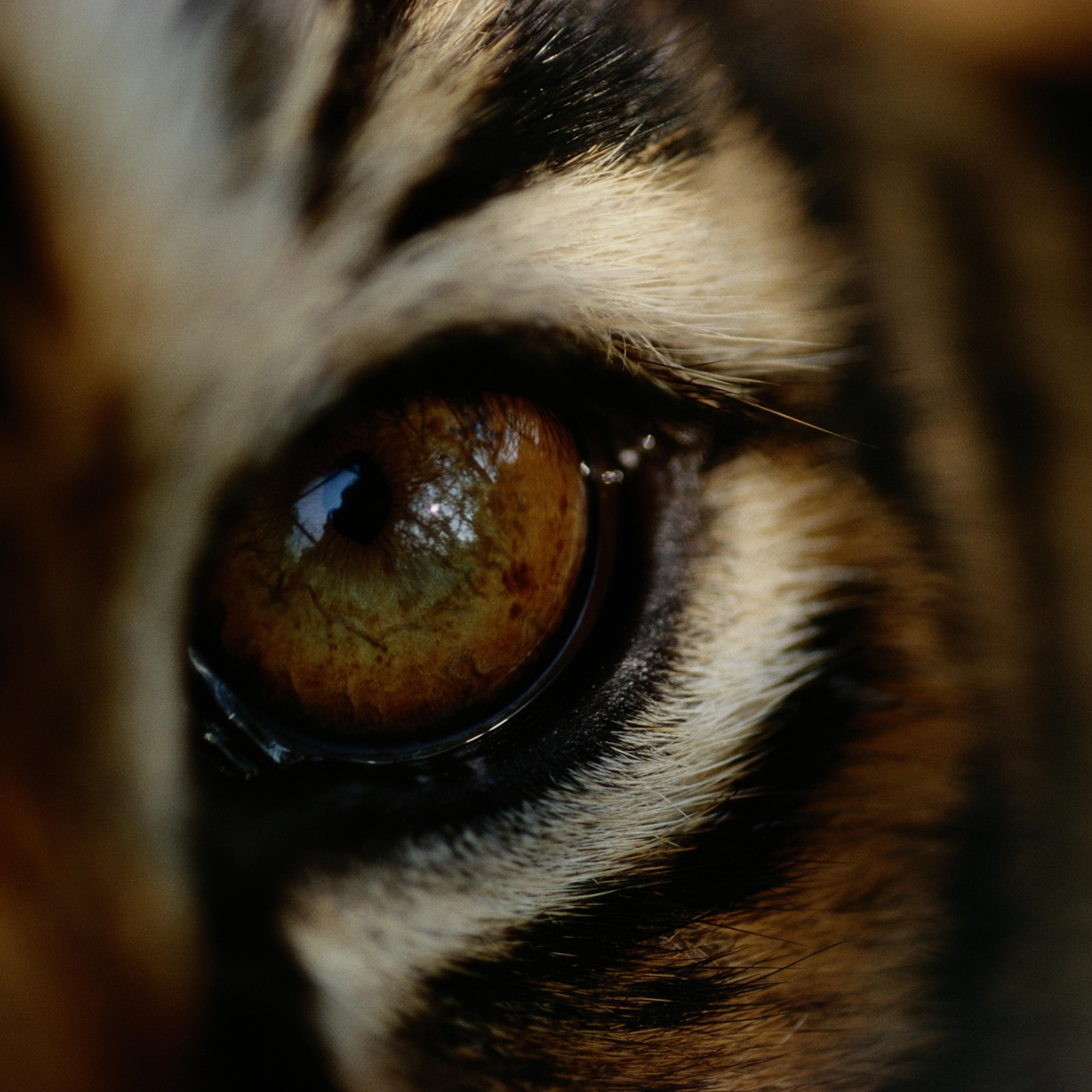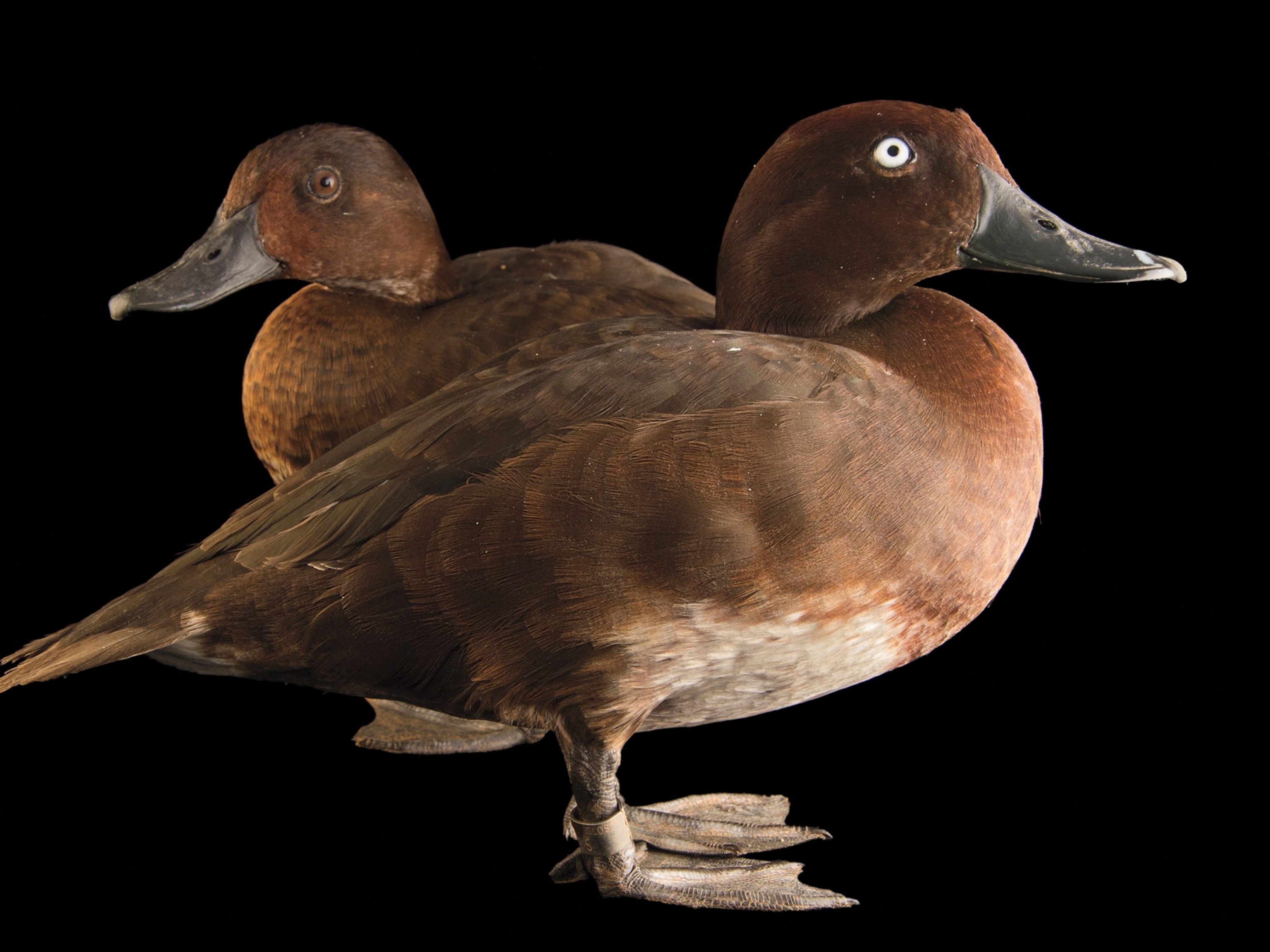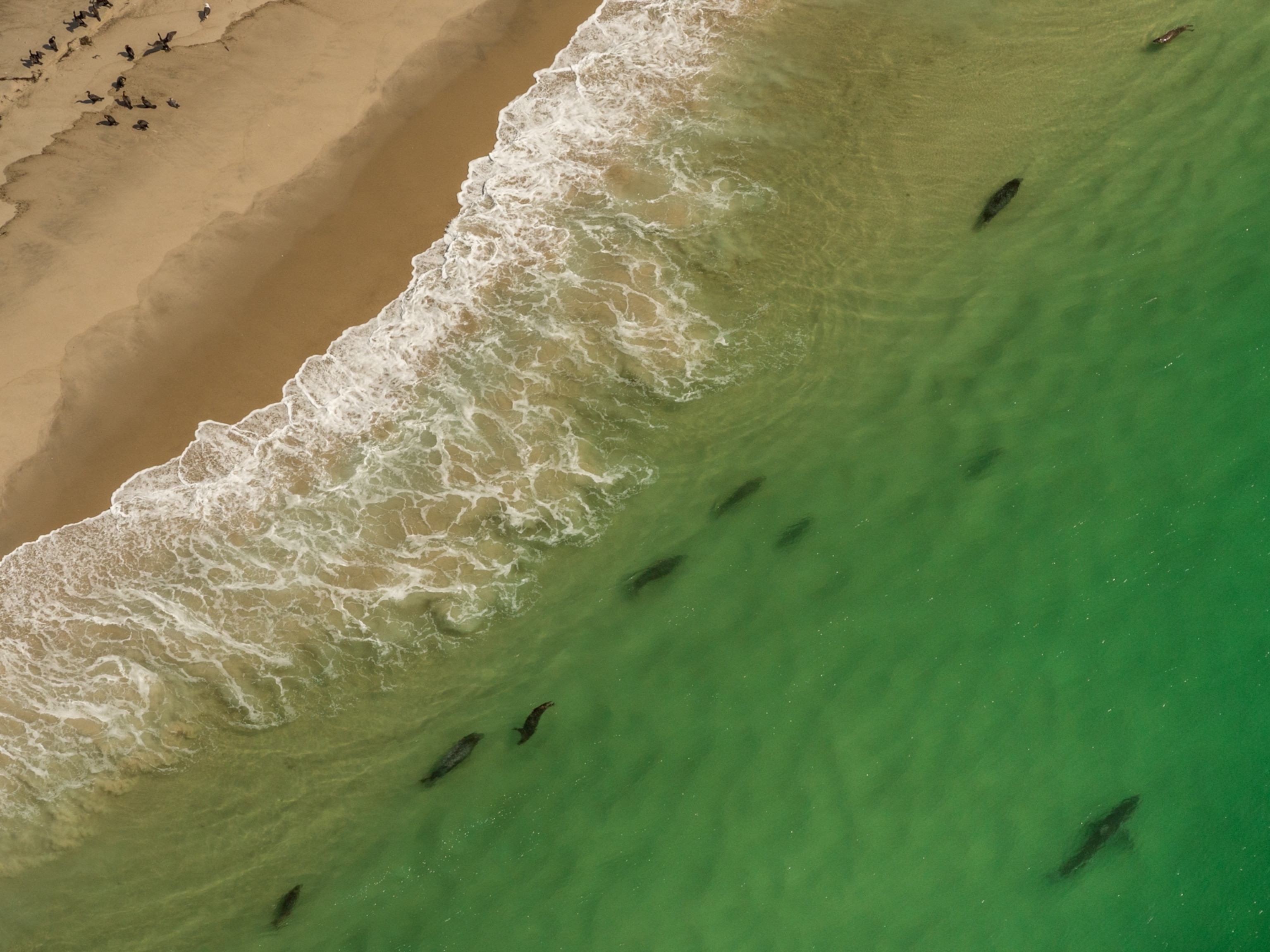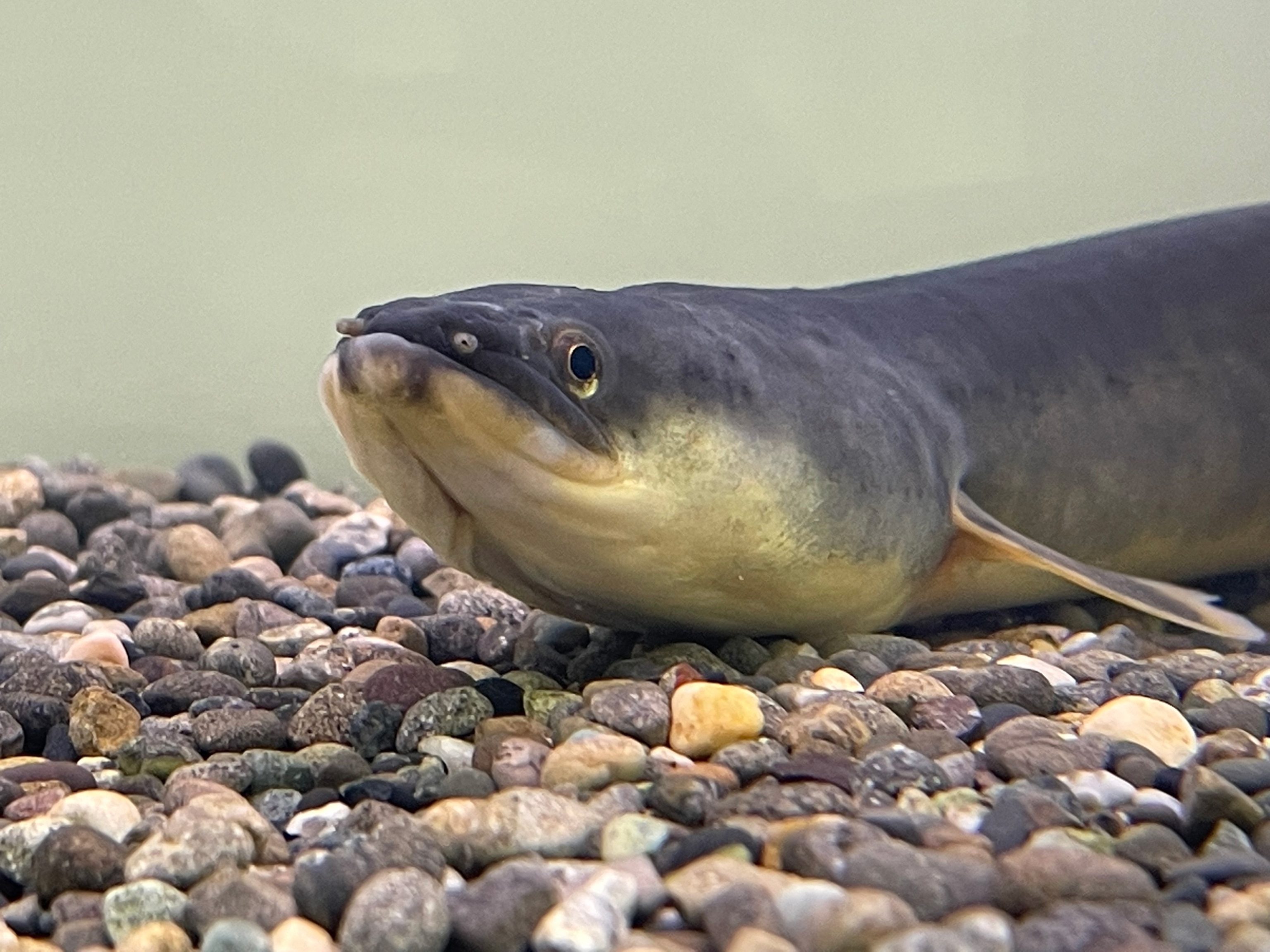
The weird, wondrous world of seahorses
They look like a mix of other animals, the males give birth, and we still have much to learn about them. Now these unique fish are threatened.
Miguel Correia pointed at the seafloor. I stared and shook my head. He jabbed a gloved finger at the spot. I swam closer and stared harder. Sand. Algae. Rocks. A spiral of sea cucumber poop. I exhaled a swarm of bubbles in frustration.
And then, suddenly, there it was, tucked into the seaweed right where I’d been looking: a three-inch-tall, long-snouted seahorse, Hippocampus guttulatus, muddied yellow with a smattering of dark freckles and a mane of skin filaments. Later that dive I spotted (also with help) its short-snouted cousin, Hippocampus hippocampus, the other seahorse native to this coastal lagoon in Portugal called Ria Formosa.
Every continent but Antarctica has varieties of these fabled fish in its coastal waters. Worldwide, scientists recognize 46 species, the smallest no bigger than a lima bean, the largest the size of a baseball glove. And that number is likely to rise: Four new species were named in just the past decade.
A chorus line of seahorses
It wasn’t long ago that Ria Formosa, in the Algarve region of Portugal, was home to as many as two million seahorses, says Correia, a biologist at the University of the Algarve’s Center for Marine Sciences. He and colleagues breed and study the animals in a small waterfront facility, and they’ve seen populations of both species decline dramatically. “We’ve lost up to 90 percent in less than 20 years,” he says.
Such falloff appears widespread, in part because seahorses live in the most hammered marine habitats in the world—including estuaries, mangroves, seagrass beds, and coral reefs. In Ria Formosa, for example, human activity—from farming of clams to illegal bottom trawling—buries or rips up the seagrass beds that seahorses prefer.
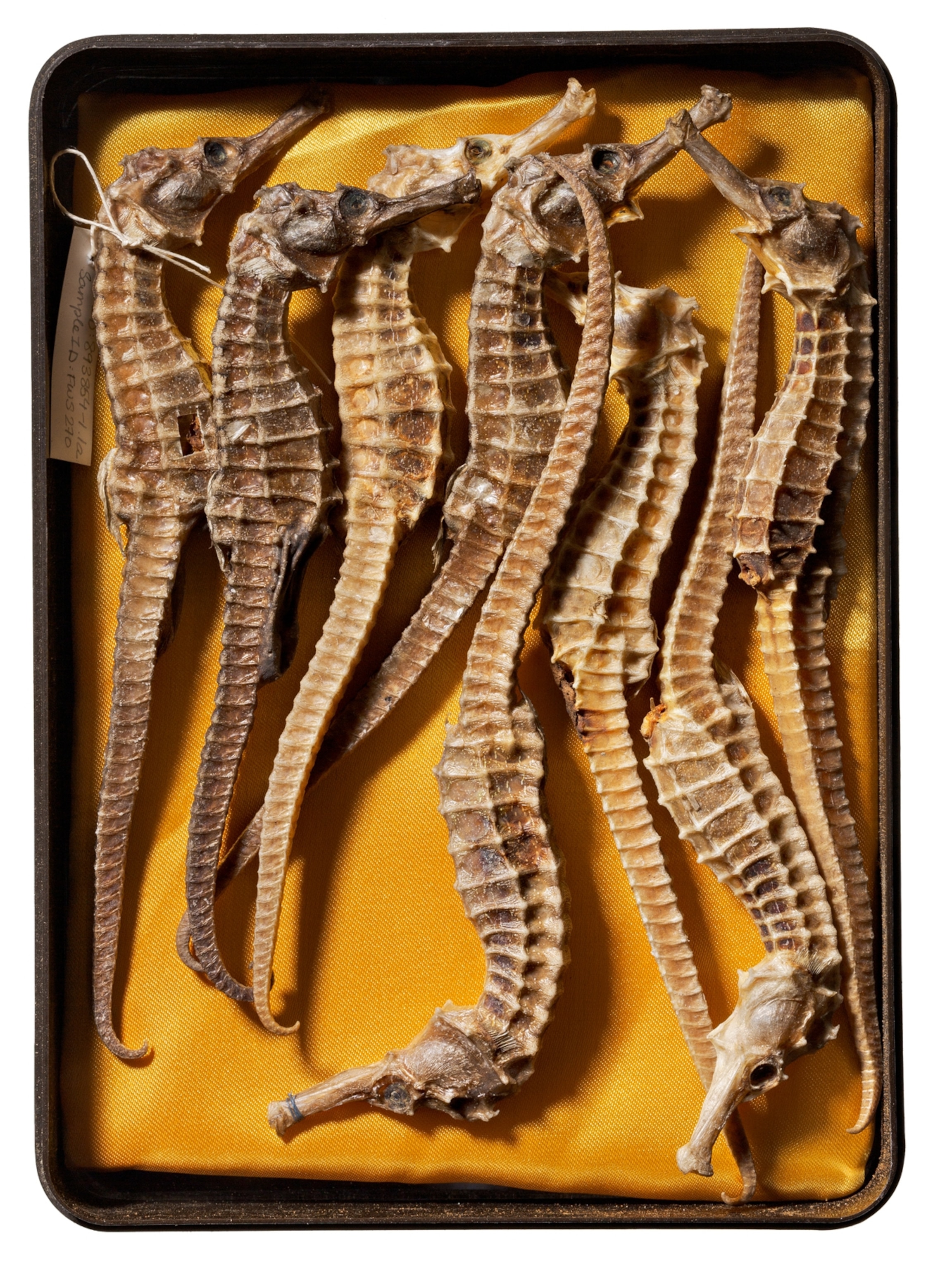
The hardest hitter globally is unregulated fishing, which fuels a wide-reaching trade in dried seahorses. Stripped from the seabed as bycatch—the incidental capture in bottom trawlers and other catchall gear—the fish are sold around the world for traditional Chinese medicine and for trinkets. A much smaller number are sold live for the aquarium trade, mostly to U.S. consumers.
It’s easy to see the seahorse’s allure, with its fanciful blend of traits that seem borrowed from other animals: a horse’s head, a chameleon’s independent eyes and camo skills, a kangaroo’s pouch, a monkey’s prehensile tail. Hippocampus comes in colors rivaling Crayola’s Big Box and in a multitude of bumps and blotches, stripes and speckles, spikes and lacy skin extensions. A seahorse has bony plates instead of scales, and, with no stomach to store food, it almost constantly sucks up copepods, shrimp, fish larvae, and other tiny edibles.
These sit-and-wait predators are dancers of a sort. During courtship, a pair rises and falls face-to-face in the water, communicating with color changes and tail embraces. They may tango for days and stay together for an entire season.
Stripped from the seabed as bycatch, the fish are sold around the world for traditional Chinese medicine and for trinkets.

And here’s the twist: The female impregnates the male rather than the reverse, an evolutionary quirk unique to seahorses and their close relatives. She deposits her yolk-rich eggs into his belly pouch through a port on her trunk called an ovipositor. Several weeks later the distended male goes into body-spasming labor, ejecting dozens to thousands of young—depending on the species’ size—into the current. Offspring drift awhile before settling down, and only a scant few avoid being eaten by predators in those early days.
When a seahorse needs to move from here to there, it swims upright with the frantic flutter of its dorsal fin at up to 70 beats per second and steers with its pair of pectoral fins. To stay put, it uses its flexible tail to grab onto seagrass, coral, or other fixed items on the seafloor. The seahorse’s excellent camouflage then makes it all but invisible.
For all their notoriety—who wouldn’t recognize a seahorse?—much about the fish remains little known, including where they live and precisely how their populations are faring. The IUCN Red List of Threatened Species includes all Hippocampus species, and many are listed as data deficient.
The female impregnates the male rather than the reverse, an evolutionary quirk unique to seahorses.
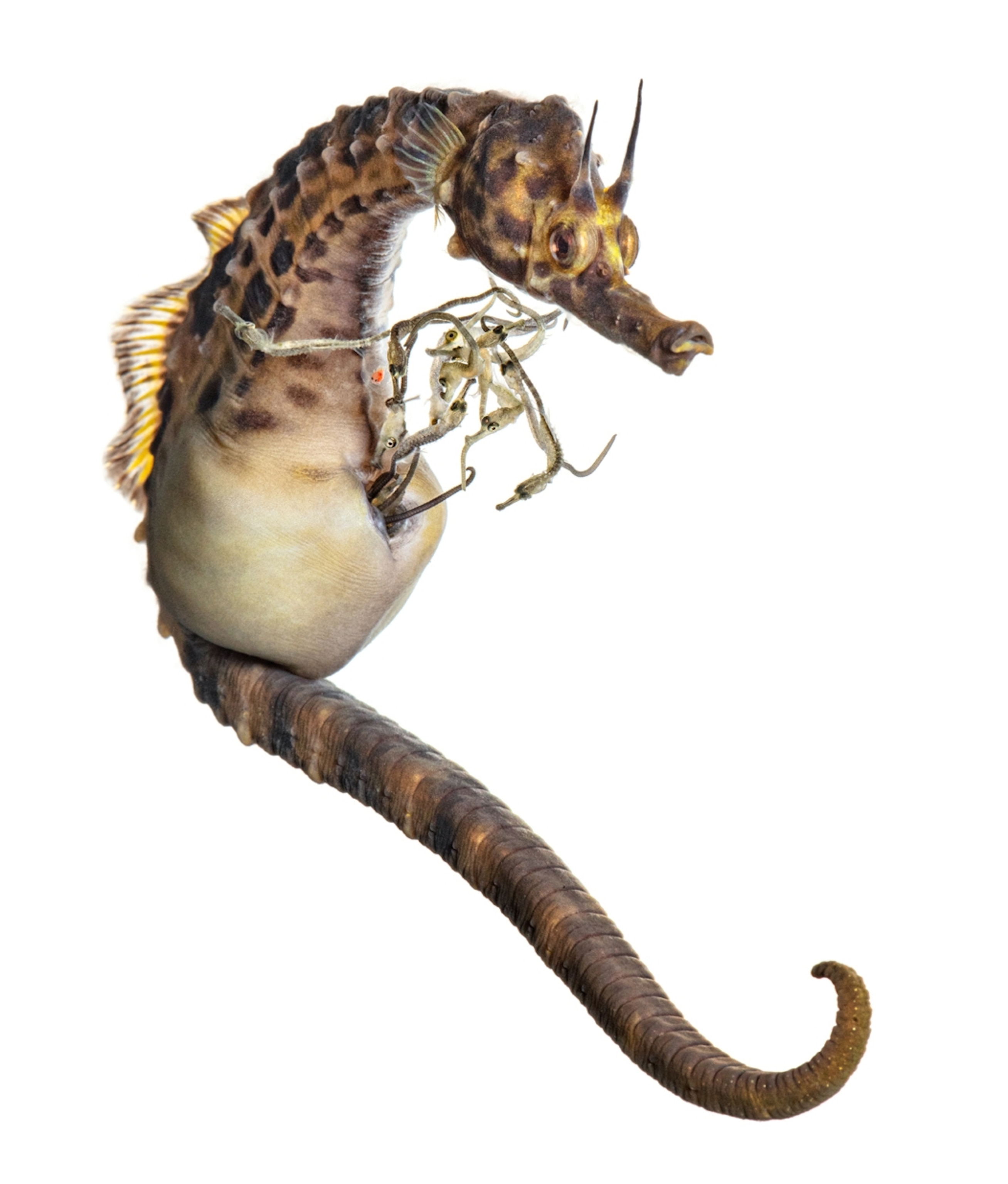
“For the vast majority of species,” says marine biologist Amanda Vincent of the University of British Columbia (UBC), “beyond taxonomy and a basic description, we know almost nothing.” Vincent is the director of Project Seahorse, a conservation alliance between UBC, where Vincent is a professor at its Institute for the Oceans and Fisheries, and the Zoological Society of London.
Such a knowledge gap, blamed in part on the dearth of scientists who study seahorses, is especially problematic for a fish that’s so exploited. Project Seahorse estimates that commercial fishing operations scoop up at least 76 million seahorses a year; some 80 countries are involved in trading them. “Fishermen used to throw them back,” notes Healy Hamilton, chief scientist of NatureServe, a Virginia-based conservation group, “but now in many places you’ll see a [buyer] on the dock just waiting to take them.”


While some fishermen target seahorses, it’s bycatch that’s devastating seahorse populations, says Project Seahorse’s program manager, Sarah Foster. Global exports should have edged toward sustainability after 2004, when worries about extensive international trade prompted new regulations under the Convention on International Trade in Endangered Species of Wild Fauna and Flora (CITES). “Unfortunately, it seems that most trade in dried seahorses has just moved underground,” Vincent says. The good news is that the live trade is relying more on captive breeding, reducing pressure on wild populations, she says.
Field surveys and CITES records have exposed Southeast Asia, especially Thailand, as the main supplier of seahorses, and indicate that two West African countries, Guinea and Senegal, have increased their exports. Hong Kong is by far the top importer, with heavy shipments also to Taiwan and mainland China. Most of the demand for seahorses reflects their use in traditional medicines. Vendors promise, for example, that dried seahorses boost virility, have anti-inflammatory properties, and can treat everything from asthma to incontinence.
To get a sense of the pressures on seahorses, I visited a warehouse at the California Academy of Sciences, where Hamilton rummaged through one of many boxes of plastic bags bulging with brittle skeletons that had been confiscated at San Francisco International Airport. There were hundreds, maybe thousands, of fish, “representing just a year’s worth of what was stopped at a single port,” she told me.
Commercial fishing operations scoop up at least 76 million seahorses a year. Some 80 countries are involved in trading them.
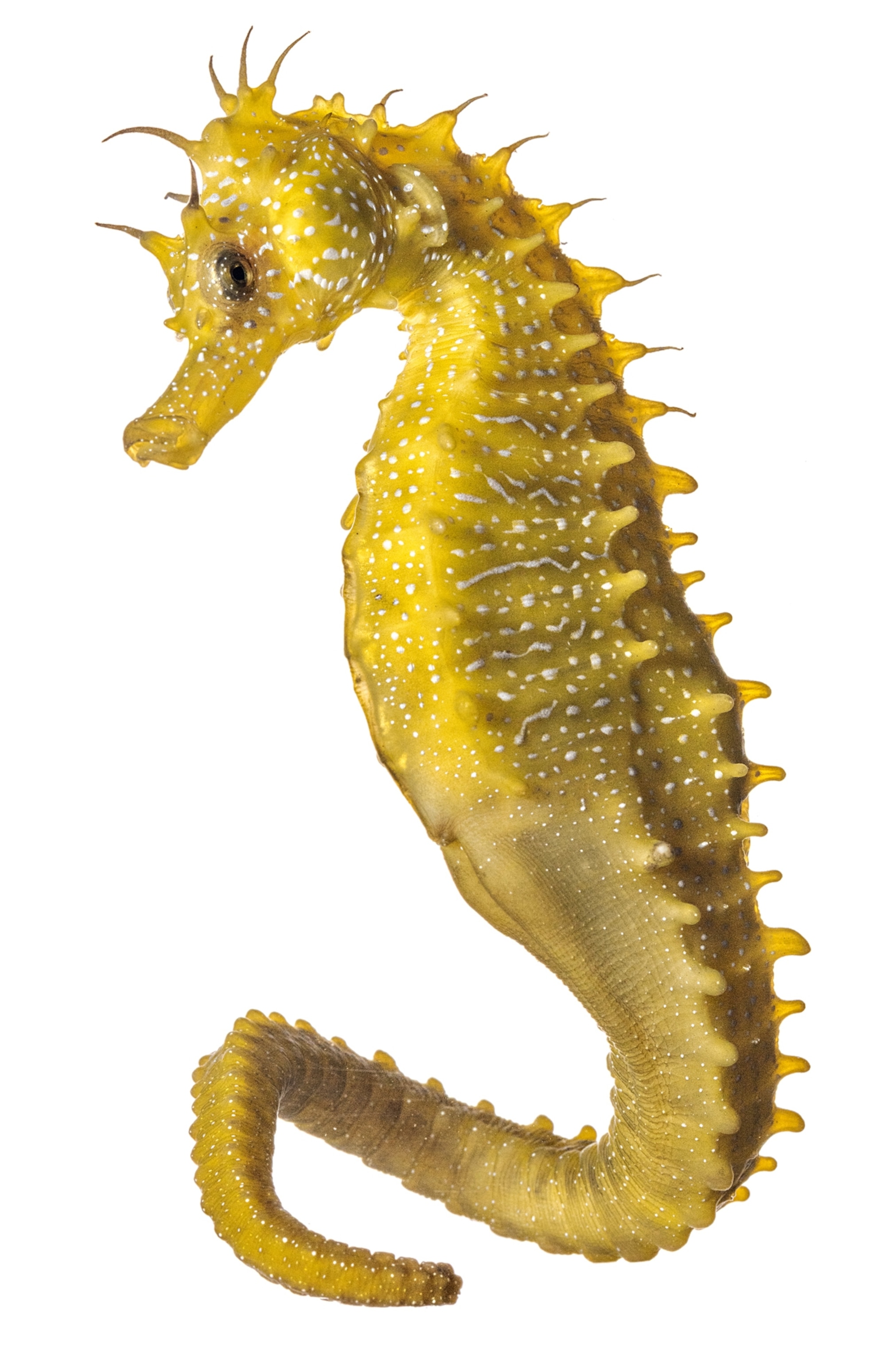
Occasionally officials seize a supersize haul: In 2019 in Lima, Peru, more than 12 million dried seahorses were confiscated from a single Asia-bound ship—a load worth some six million dollars on the black market. But more often, seahorse shipments escape detection, Hamilton said, with incalculable losses to each exploited species.
On a positive note, in 2020 the Portuguese government created two small marine protected areas within Ria Formosa to act as seahorse sanctuaries. It’s good news, but experts say the key to maintaining seahorse numbers is better fisheries management, with severe limits and even bans on trawling. Market demand doesn’t have to be a death sentence for Hippocampus, Foster says—“if we can get CITES rules to work as intended to support sustainable legal trade.”
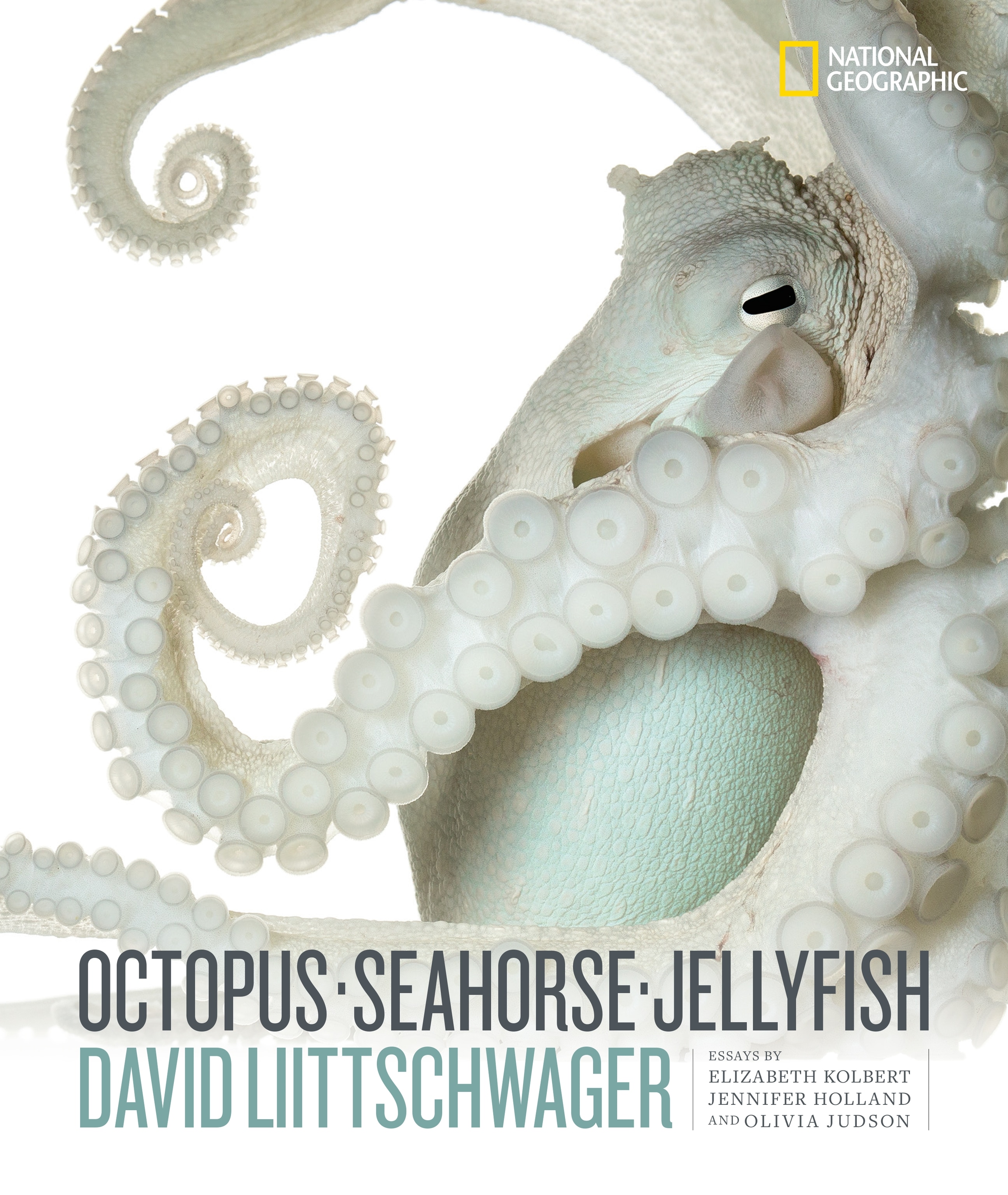
Meanwhile, Asia’s consumption of seahorse products could shrink on its own “as younger, more progressive-minded people move away from using wildlife in traditional ways,” Foster says. The traditional-medicine community ultimately shares a goal with conservationists, she says. Traders and users often are vilified, “but in the end we all have incentives to keep seahorses from disappearing.”
Acting on those incentives matters because “there is absolutely no way seahorses can sustain today’s level of exploitation,” Hamilton said from her perch overlooking the warehouse shelves. “And people need to know: We are headed towards a world bereft of too many of these extraordinary fishes.”
This story appears in the April 2022 issue of National Geographic magazine.
